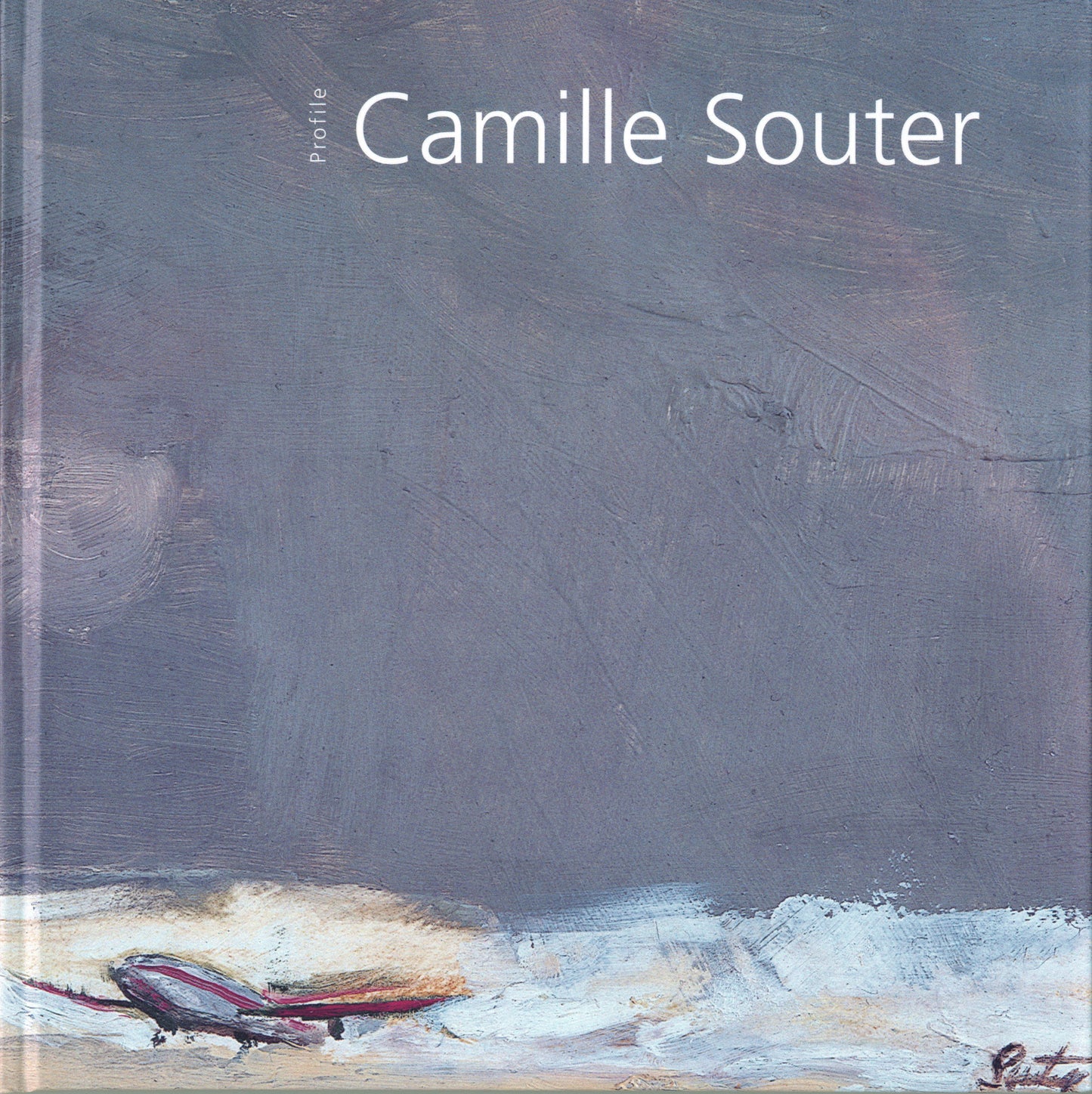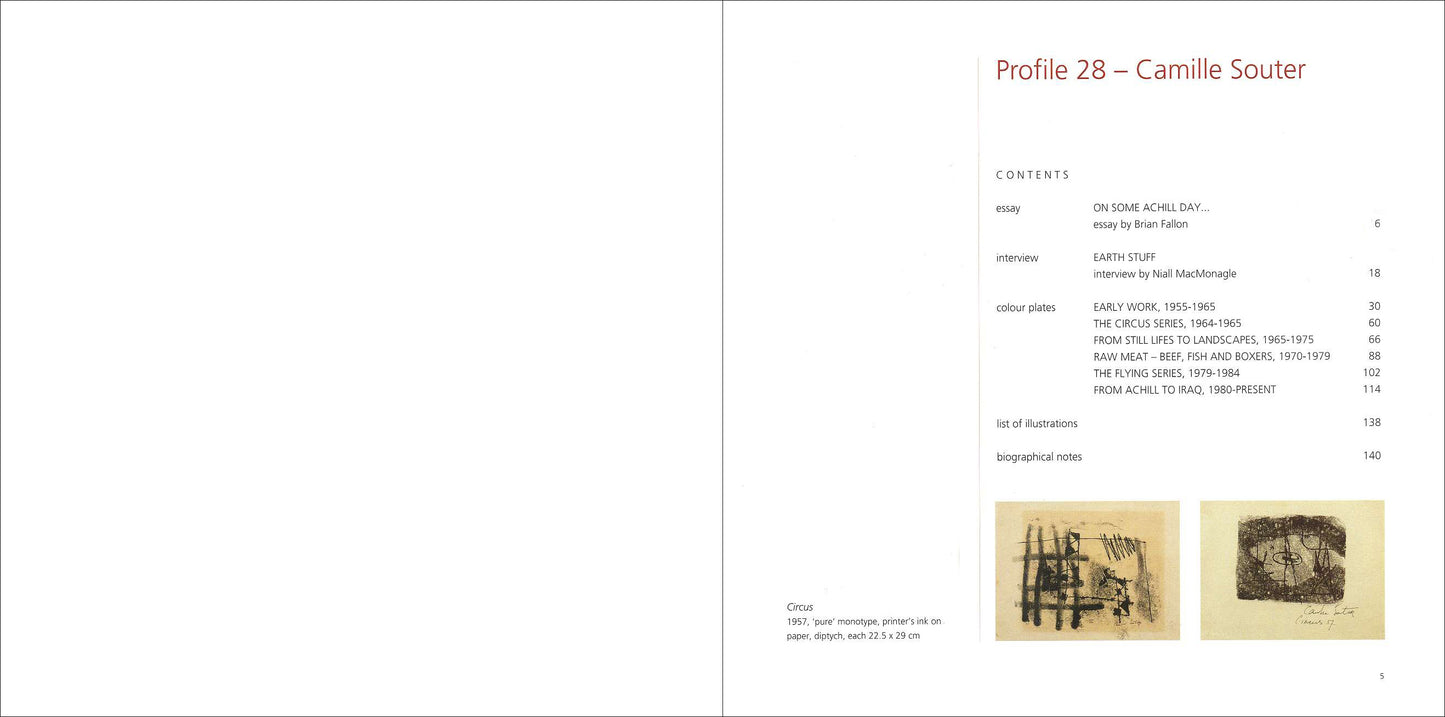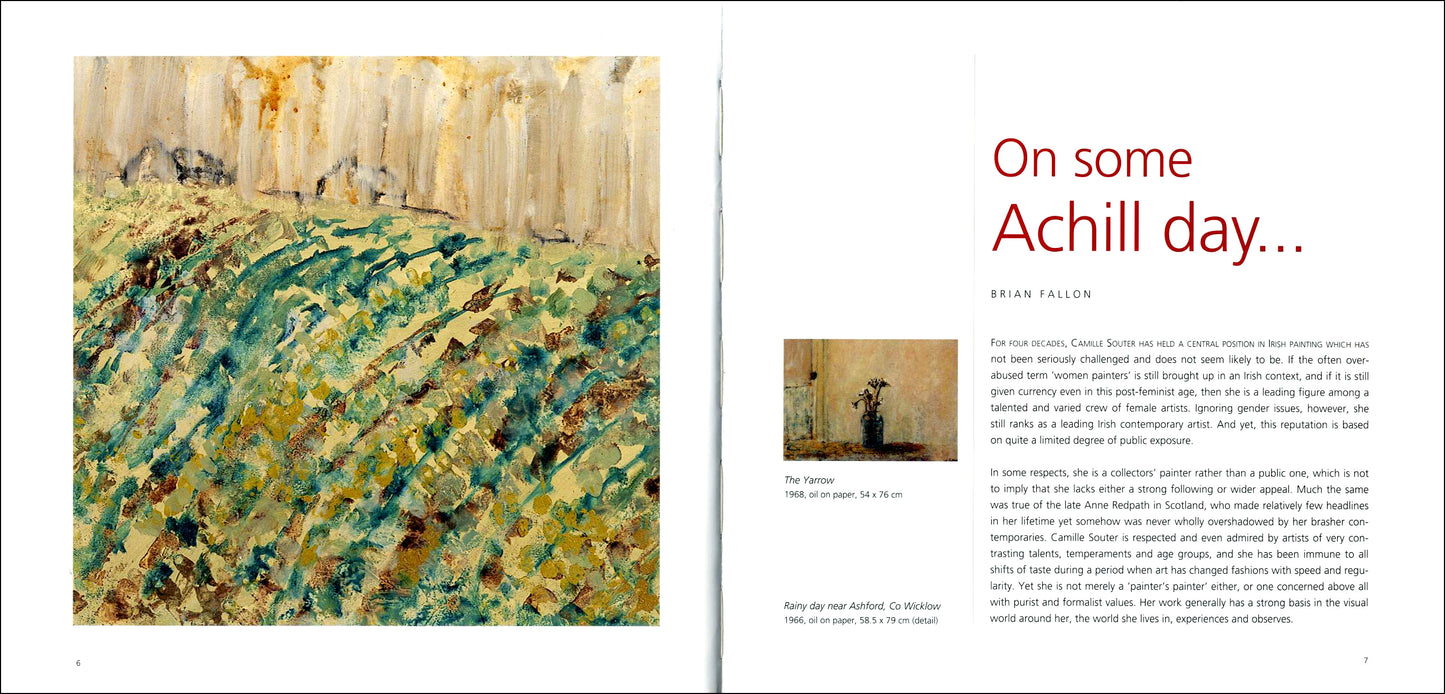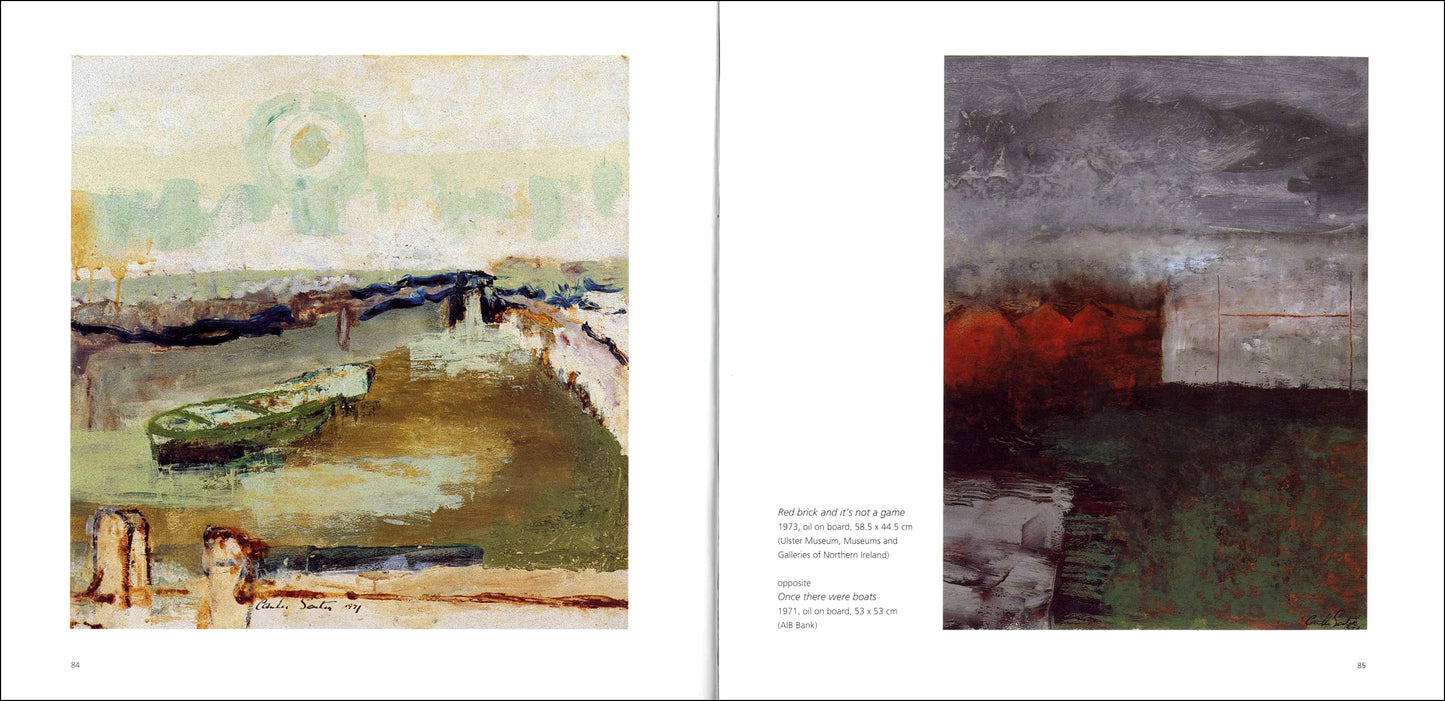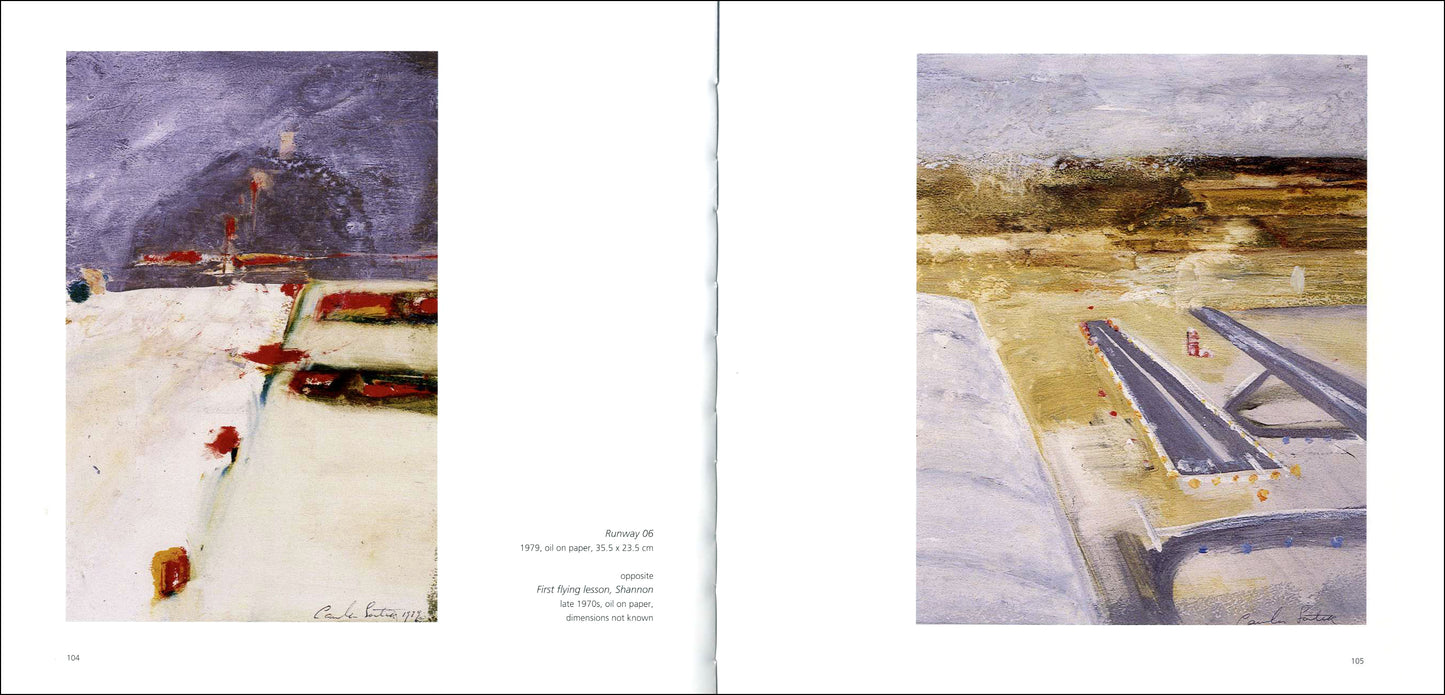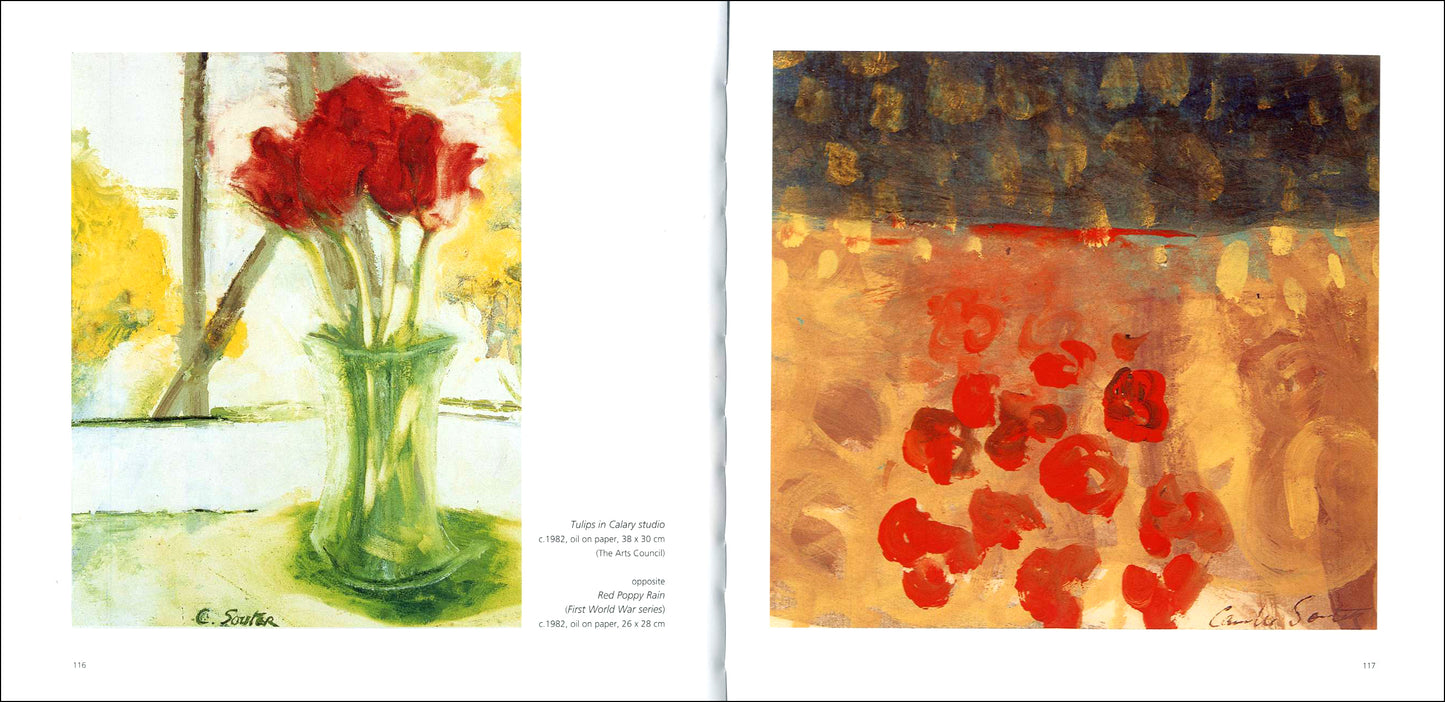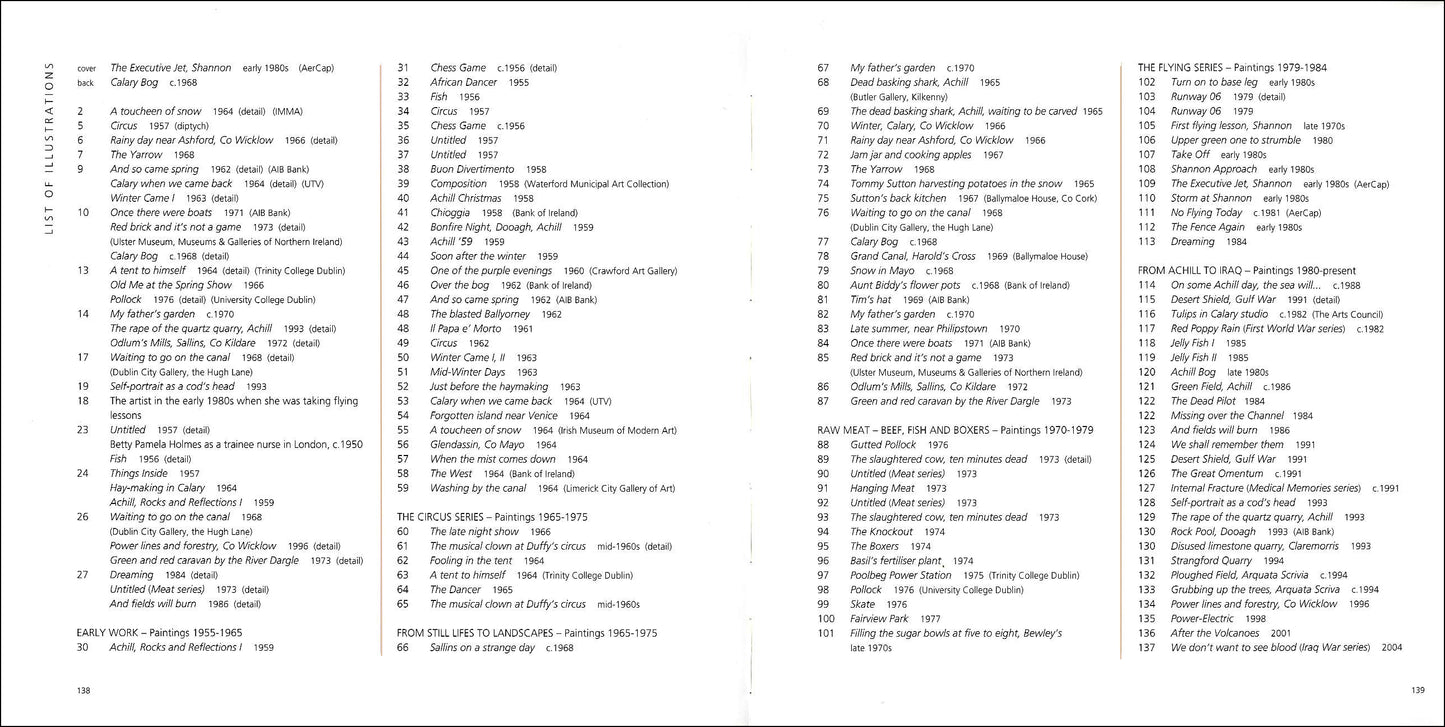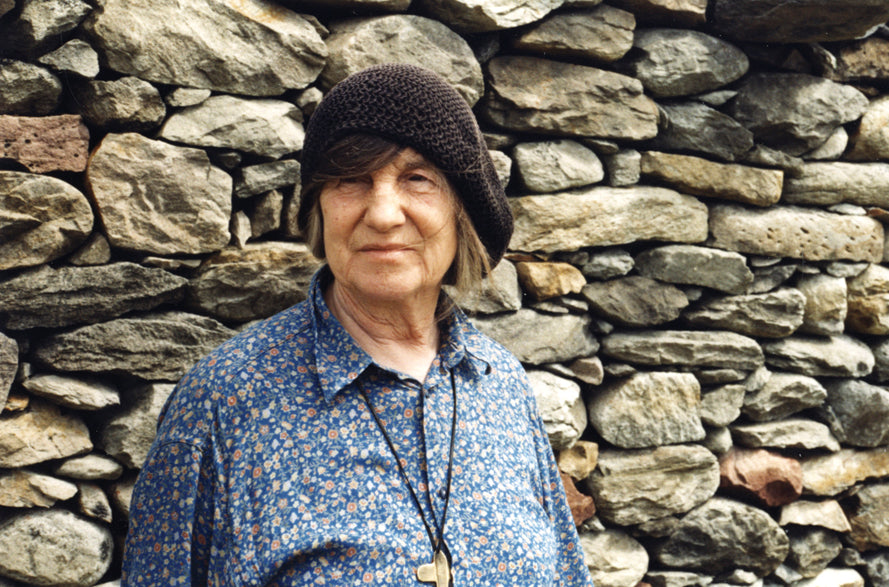Gandon Editions
Profile °28 – CAMILLE SOUTER
Profile °28 – CAMILLE SOUTER
Couldn't load pickup availability
Share
essay by Brian Fallon; interview by Niall MacMonagle
ISBN 978 0946641 567 144pp (hb) 22.5 x 22.5 cm
new hardback format, with much larger pagination
This book is a retrospective look at the work of one of Ireland best-loved and most admired painters, Camille Souter. It also features and indepth essay and extensive interview with the artist.
EXTRACTS
"As a general rule, Camille Souter’s style is elliptical; she avoids virtually anything obvious and seems to be naturally incapable of overstatement. To suggest and evoke is her forte, to set the imagination working rather than to surfeit it. The obverse of this are feyness and preciosity and a kind of formal sketchiness which suggests more than it delivers ... As a colourist she takes relatively few risks, although her reds are a familiar fingerprint of her style – not applied as mechanical highlights according to the old studio formulae, but as organic areas of the picture. Equally, however, she has mastered the use of white, while her expressive range of greens is well worth studying in its own right, and she is also adept in a kind of pale ochre tonality. She rather dislikes yellow, finding it hard and lacking in resonance or variety. Her use of colour, like everything else she does, is peculiarly her own, and any analysis of it seems largely redundant from the start. You can only acknowledge that it ‘works’, that it is hers and nobody else’s, part of what Chagall used to call the artist’s ‘chemistry’...
Her vision is a very human and even affectionate one, not in the least negative or dark, and it is correspondingly full of the human presence in its homely reality, even allowing for the obvious fact that she paints the human figure rather rarely. Many of her themes are everyday and ordinary in their lyricism, with a sense of the diurnal round and of inevitable wear and tear and ageing, and they often imply normal, even humble, activity in the background, or even in the foreground. It is all quite without pessimism or anger, but it is acutely aware of time and change. It does not, however, as Impressionism so often did, attempt to catch and pin down the fugitive, passing moment and fix it – time in dissolution, this might almost be called. Nevertheless, she is quite close to the Impressionists in certain ways, including the use of a deliberately casual, self-contained look, certain oblique, asymmetrical methods of construction and placing, the avoidance of rhetorical or high-flown subjects, the inclination to let her pictures speak for themselves without undue emphasis or laboriously spelling things out. A hint is usually enough."
— from the essay by Brian Fallon
"I’m not [anxious about growing old]. I want to get some more work done, but then I shall be quite ready to pop off. But I would like to do another big swoosh. There’s so much in the world, and as you get older, things get more and more beautiful and more and more amazing. So I think we have to die or we’d just die of amazement. And I use the word beauty even though I tend to like the scraggy ends of towns, and I love what man does, how man has changed earth – some is awful, some is wonderful – the whole process of change. When you’re very young you suddenly get almost a flash of understanding the world, a flash of lightning, and it’s gone. You don’t get that as you get older, but you become more continuously aware of things. It spreads out – more a continuous awe. My work isn’t pessimistic. There’s enough sadness really. A lot of painters use heavy, thick paint when doing war subjects or sad subjects – dead bodies all badly painted because it is a grim subject matter. The dead body itself is not awful; the mind behind the killing is. The mind that causes death and injury is infinitely sad but you can’t make a body ugly; it is still a beautiful thing. So too is a dissected fish. Its anatomy is beautiful, the sheer beauty and form of the body. Anatomy and physiology are fascinating: the colour, the guts... and there you’re back to red again. It’s very, very beautiful."
— Camille Souter in conversation with Niall MacMonagle
|
CONTENTS On Some Achill Day... essay by Brian Fallon 6-17 Earth Stuff interview interview by Niall MacMonagle 18-19 COLOUR PLATES 30-137 Early Work, 1955-1965 List of illustrations / BIographical notes |
Camille Souter’s paintings have a statuesque elegance to them. She is an artist who avoids prettiness while seeking beauty. — Vona Groarke, Circa
